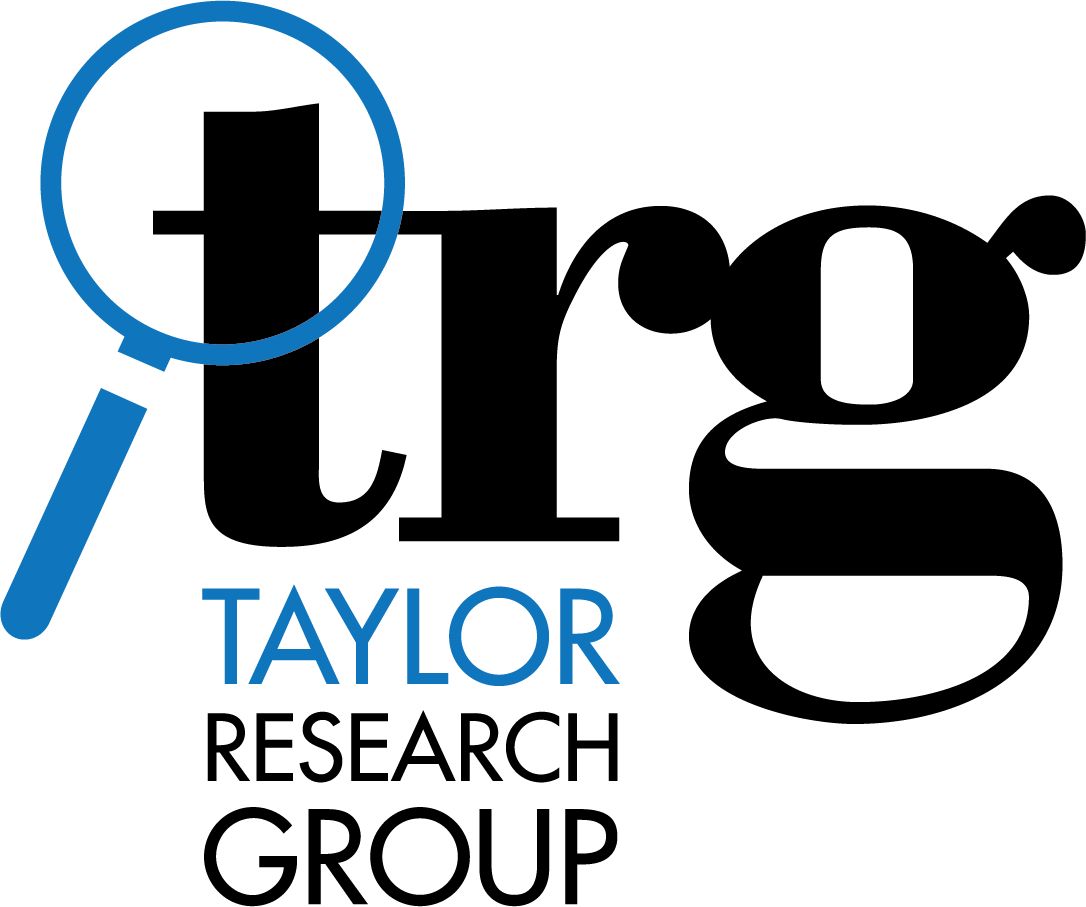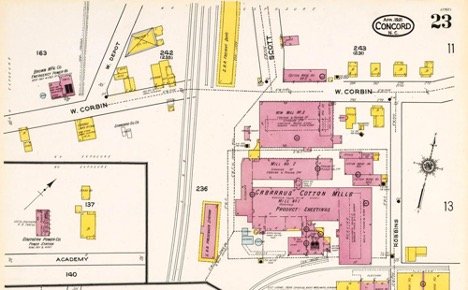Phase I Environmental Site Assessment (ESA) reports provide historical overviews of contaminated sites and are often key resources in environmental and toxic tort litigation. However, despite the requirement that they meet set standards, in reality, ESAs often have certain limitations when it comes to historical analysis. Historical research, a required component of ESAs, is often extremely basic and sometimes conducted by personnel without extensive training in historical research methodology. In our experience, ESAs typically check all of the required boxes for historical research but seldom go deeper, consequently leaving out critical historical information. This has proven especially true for properties active prior to the 1970s, or with complicated owner/operator histories. From minor errors in dates and names to misidentification or omission of potentially responsive parties (PRPs), there are possible risks in relying on the incomplete picture typically provided by an ESA.
A review of fire insurance maps are required by ASTM E1527-21. However, while this type of map is a valuable historical resource, they also can contain inaccuracies and/or outdated information. This is an excerpt from a 1921 Sanborn map of Concord, North Carolina. Please note that the site portrayed in this map was selected at random, and is not associated with any research that TRG has performed. Photo credit: The Trackside Photographer
Another potential shortfall of a typical ESA, to the extent that they go beyond a limited scope of records such as directories, maps, and property records, is reliance on digitized records. As we often inform our clients, very little historical documentation is digitized. Yet textual records collections can be extensive and overwhelming–a concerning scenario, especially when confronted with filing deadlines. Not to worry, though–that’s where Taylor Research Group (TRG) comes in.
This is a familiar sight to TRG’s researchers. ASTM E1527-21 requires the review of all “standard historical sources” that are “reasonably ascertainable” and “likely to be useful.” TRG specializes in the identification and targeted review of such records, frequently locating valuable materials that were missed during the ESA process for a given site. Photo credit: Debbie L. Skylar, “A National Archives Void Is Left at Chet Holifield Federal Building,” Patch, March 20, 2011.
Whereas historical research is but one component of an ESA, at TRG, historical research in support of environmental and other litigation is our specialty. We view ESAs as an initial step – a gateway to more comprehensive examination. TRG’s team of trained historians routinely investigates issues such as site ownership and operational/land usage, PRPs and corporate succession, and government contracts and government-contractor relations, for clients including leading national law firms, Fortune 500 companies, environmental and engineering firms, and government agencies. Simply put: TRG goes beyond ESA reports to offer our clients a more complete picture, saving them time, money, and hassle down the road.
As a trusted choice for comprehensive research services, TRG often receives ESAs from our clients at the outset of a project. We have decades of experience in identifying gaps in the information that ESAs provide and are able to efficiently address foundational questions surrounding historical site ownership and operations. Our research routinely unearths additional documentation that can shape a legal case, enabling our clients to rest assured that they have a thorough understanding of the site’s history and use, as well as all associated PRPs.
We have assisted on cases involving everything from asbestos to PCBs to PFAS and, regardless of the contaminant(s), TRG’s research approach remains the same: we use our experience and training to identify and collect key documents from federal, state, local, and private repositories across the United States. During this process, we often discover leads to other, unforeseen sources.
For example, recently, while assisting a client involved in Superfund litigation, one of our researchers identified a previously unidentified historical party which manufactured the same constituent of concern of interest to our client while reviewing federal records from the 1920s. This discovery allowed our client to target another entity potentially liable for cleanup costs, which, in turn, has the potential to save them millions of dollars.
The historical record is full of other stories yet to be unearthed, and we at TRG have a passion for finding them. Whether you need support in drafting the Records Review section of an ESA or want to know more about a site than what an ESA provides, TRG’s team of researchers is here, ready to assist.


